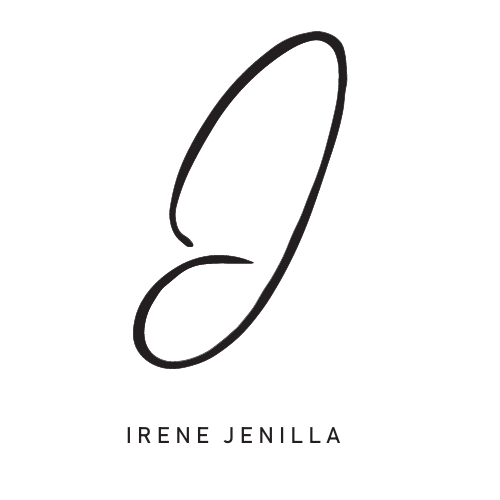
Corn Rows
History:
Cornrows have a long history dating back thousands of years in Africa. They were commonly worn by both men and women in various African societies as a practical and stylish way to manage and adorn hair. The earliest evidence of cornrows can be traced back to ancient civilizations such as the Nile Valley civilizations, where hieroglyphs depict individuals with intricately braided hair.Cultural Significance:
Cornrows hold deep cultural significance in many African communities. They are often associated with concepts of beauty, identity, and social status. In some cultures, the intricate patterns of cornrows also served as a form of communication, conveying messages about age, marital status, and tribal affiliation.Traditional Techniques:
Traditional cornrow braiding involves meticulously weaving sections of hair close to the scalp to create rows of neat, uniform braids. This technique requires skill, precision, and patience, often passed down through generations within families or through apprenticeships with skilled braiders.Regional Variations:
Cornrow styles vary widely across different regions of Africa, with each culture adding its own unique flair and symbolism to the braiding patterns. For example, in West Africa, cornrows may be adorned with beads or cowrie shells for added decoration and symbolism.Modern Adaptations:
In contemporary times, cornrows have become a staple hairstyle not only within African communities but also in global fashion and popular culture. They are often worn as a fashion statement, with various celebrities and influencers showcasing creative and elaborate cornrow designs.Social Context:
Cornrows have historically been worn for various social occasions, including weddings, rites of passage ceremonies, and religious celebrations. They continue to hold significance as a symbol of cultural pride and identity, especially within the African diaspora.Rituals and Ceremonies:
Cornrows are often incorporated into traditional rituals and ceremonies, such as coming-of-age ceremonies or cultural festivals. In some communities, specific braiding patterns may hold ritualistic significance and be performed during special ceremonies.Meaningful Accessories:
Cornrows may be adorned with beads, shells, or other decorative elements that hold symbolic meaning within the wearer's culture. These accessories not only enhance the aesthetic appeal of the hairstyle but also convey cultural messages and traditions.Maintenance and Care:
Proper maintenance and care are essential for preserving the longevity and appearance of cornrows. This may involve regular washing, moisturizing, and occasional re-braiding to prevent hair breakage and maintain the integrity of the style.Contemporary Impact:
Cornrows have had a significant impact on contemporary fashion and beauty trends, with many individuals of diverse backgrounds embracing the style as a form of self-expression and cultural appreciation. They have also sparked conversations about cultural appropriation and the importance of respecting the origins and cultural significance of hairstyles like cornrows.

